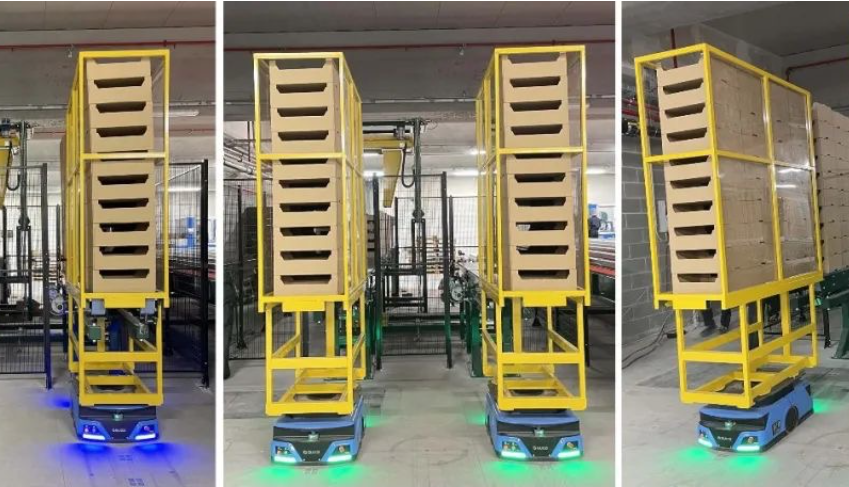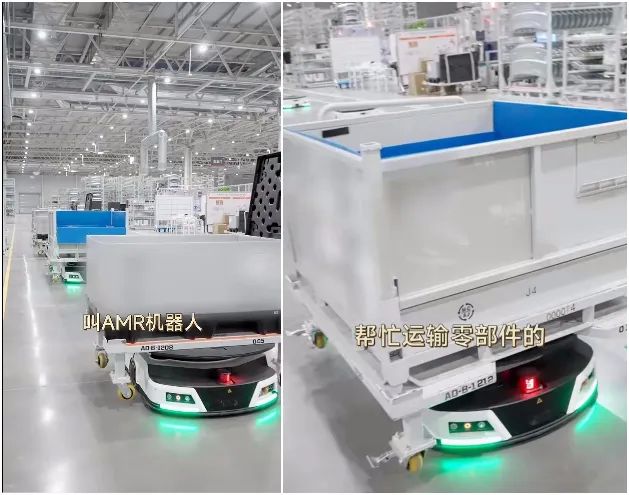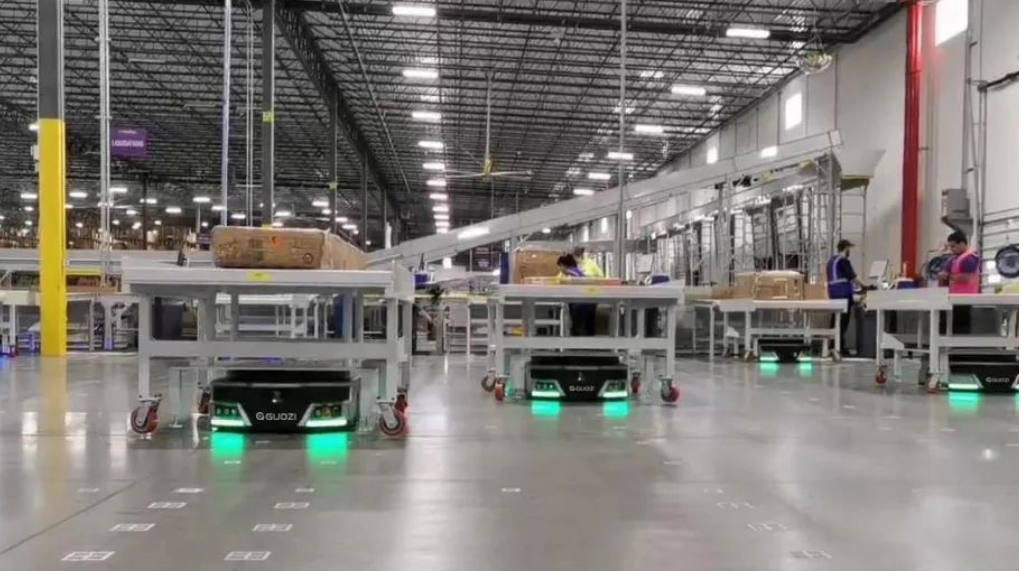With the rapid advancement of technology, the application of robotics in the food industry is becoming increasingly widespread. This article will focus on food grading robots, analyzing their technical features, application scenarios, development trends, and challenges, providing valuable insights for the food industry.
Food safety and quality are the primary concerns for consumers, and food grading is a crucial step in ensuring food safety and enhancing product quality. Traditional manual grading methods suffer from low efficiency, high error rates, and significant labor intensity. To address these issues, food grading robots have emerged as a powerful tool in the push towards intelligence in the food industry.
I. Technical Features of Food Grading Robots
1. High-Precision Identification: Utilizing advanced image processing technology to accurately identify the appearance, color, and shape of food items.
2. Rapid Grading: Implementing high-speed motion control systems to achieve quick grading of food, improving production efficiency.
3. Flexibility: Adjusting grading strategies based on different food grading requirements, offering strong adaptability.
4. Intelligence: Integrating artificial intelligence algorithms for autonomous learning and optimization, enhancing grading accuracy.
5. Safety and Hygiene: Designing robots with aseptic features to ensure food is not contaminated during the grading process.
II. Application Scenarios of Food Grading Robots
1. Fruit and Vegetable Grading: Grading fruits and vegetables by size, color, and shape to increase product value.
2. Grain Grading: Assessing the quality of grains like rice and wheat for food safety assurance.
3. Meat Grading: Grading meats such as pork and beef by quality to meet varying consumer demands.
4. Seafood Grading: Grading fish and shrimp by size and quality to improve product competitiveness.
III. Development Trends of Food Grading Robots
1. Technological Innovation: Continuously optimizing image processing and AI technologies to improve grading accuracy and efficiency.
2. Integration: Combining multiple sensors and actuators for automated inspection, grading, and packaging of food.
3. Networking: Leveraging the Internet of Things and 5G technologies for remote monitoring and fault diagnosis, enhancing operational efficiency.
4. Modularity: Developing standardized, modular grading robots to meet the diverse needs of food enterprises.
IV. Challenges and Strategies
1. Technical Challenges: The variety and complexity of food items pose high demands on the robot's recognition and grading capabilities. Companies should increase R&D investment to breakthrough key technologies.
2. Safety Challenges: Ensuring food remains uncontaminated during grading requires attention to the robot's safety and hygiene design.
3. Talent Development: There is a shortage of professionals in the food grading robot field. Companies should strengthen talent training and recruitment.
4. Policy Support: Governments and industry associations should formulate policies to encourage the research and application of food grading robots.
Food grading robots, as a vital component of the food industry's move towards intelligence, present unprecedented opportunities for development. Companies should seize this opportunity by enhancing technological innovation and talent development, promoting the widespread application of food grading robots. Meanwhile, governments, industry associations, and other stakeholders should collaborate to create a favorable environment for the development of the food grading robot industry. In the future, food grading robots will facilitate a higher level of intelligence and quality improvement in the food industry, enhancing international competitiveness.








